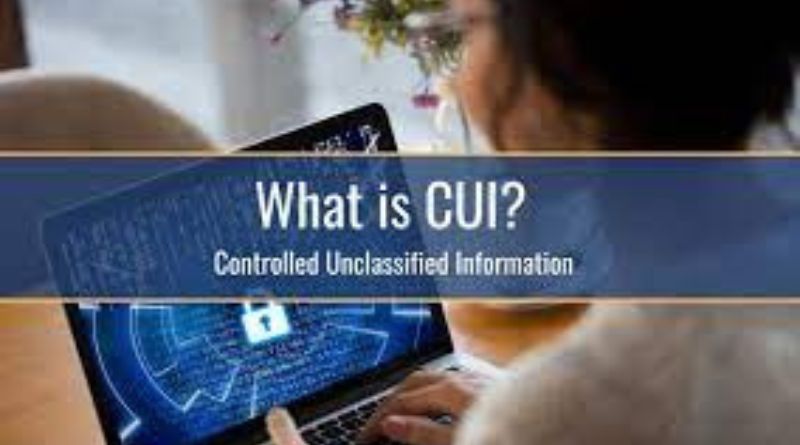Introduction
In an increasingly digitized world, the handling and protection of sensitive information have become paramount. This article delves deep into the realm of CUI, shedding light on its definition, various examples, and key characteristics. Most importantly, it aims to clarify a pressing question: “Which of the following is not an example of CUI?” While many may have a general idea of what CUI encompasses, misconceptions can lead to critical lapses in data security. By the end of this article, you will have a comprehensive understanding of CUI, enabling you to distinguish between what qualifies and what does not. In an increasingly digitized world, the handling and protection of sensitive information have become paramount. One term that has gained prominence in this context is “CUI” or Controlled Unclassified Information. Understanding what constitutes CUI is vital for businesses, government agencies, and individuals alike. It serves as a linchpin in safeguarding sensitive data, ensuring compliance with regulations, and preventing unauthorized access.
What Is CUI?
Controlled Unclassified Information (CUI) is a term of utmost importance in today’s data-driven landscape. It refers to sensitive information that doesn’t fall into the classified or top-secret categories but still demands careful handling and protection. CUI encompasses data that, if mishandled or disclosed to unauthorized parties, could potentially harm national security, an organization’s interests, or an individual’s privacy.
CUI can take various forms, including documents, digital files, communications, and even physical materials. It is not limited to any specific industry or sector but is relevant across the board, from government agencies and the legal field to healthcare, finance, and beyond.
At its core, CUI serves as a crucial bridge between open information and classified data. While it is unclassified, it is not public, and its protection is mandated by laws, regulations, and government directives. The precise definition and handling guidelines for CUI may vary depending on the sector or organization, but the fundamental concept remains consistent: safeguarding sensitive information that doesn’t meet the criteria for classification.


